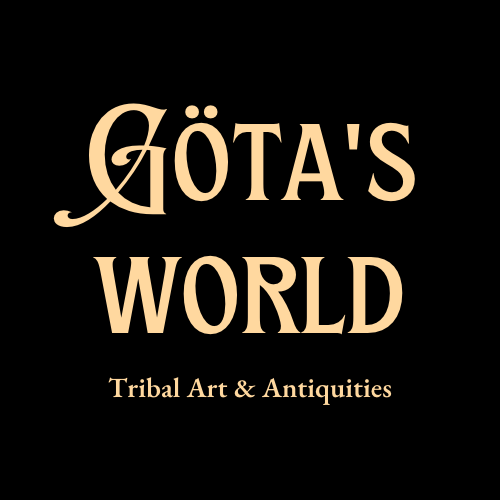Ancient Peshawar Terracotta Monkey Figure
Ancient Peshawar Terracotta Monkey Figure
Couldn't load pickup availability
Peshawar District, c. 300–200 BC, North West Frontier Province, Punjab, Pakistan, South Asia
A delightful small terracotta figure depicting a seated monkey, masterfully hand-modeled in richly fired red clay. The animal is shown in a relaxed yet expressive pose, with short legs outstretched, the left arm raised to the head, and the right resting across the chest—gestures that suggest playfulness or contemplation. The short tail, rounded eyes, flat nose, incised mouth, pronounced chin, and perked ears are rendered with striking immediacy. Fine incised lines mark the fur, eyes, and fingers, adding to the figure’s charming and lifelike presence.
Dating to the late pre-Kushan period, this figure belongs to a well-documented tradition of terracotta figurines found at archaeological sites such as Chārsada and Sar Dheri. Securely placed between the 2nd century BC and 2nd century AD, it reflects the broader Chalcolithic and post-Harappan artistic traditions that spanned eastern Iran and the northwest Indian subcontinent.
Monkeys were likely a familiar sight in the ancient urban and market landscapes of early South Asia, and terracotta figurines of them—often shown in acrobatic or intimate poses—are a recurring motif in the material culture of the region. These depictions typically represent short-tailed rhesus macaques, rather than the long-tailed langurs known from later Hindu iconography, such as that associated with the monkey-god Hanuman. Interestingly, monkey motifs appear to have been largely absent from earlier Harappan glyptic art, marking a cultural divergence that continued to evolve over time.
This captivating example is more than a charming zoomorphic sculpture—it offers a rare and intimate glimpse into ancient South Asia’s daily life, fauna, and symbolic traditions.
Good condition. Light surface wear and abrasions commensurate with age, nicks and chip. Encrusted earthen deposits throughout. Size approx. 6,0cm x 5,0cm x 3,8cm.
Provenance: From the estate of Professor Tore Arnborg (1912–2007), a senior United Nations official who served as head of the FAO in West and East Pakistan (now Bangladesh). Acquired abroad and brought to Sweden in the 1960s.
For a similar examples see:
Figure, The British Museum, Accession Number: 1949,0718.8 (https://www.britishmuseum.org/collection/object/A_1949-0718-8)
Figure, The British Museum, Accession Number: 1880.3303 (https://www.britishmuseum.org/collection/object/A_1880-3303)
Figure, The British Museum, Accession Number: 1967,0221.13 (https://www.britishmuseum.org/collection/object/A_1967-0221-13)
References and further reading:
The Pakistani Collection of Terracotta Figurines in the British Museum, Irfanullah, Fazal Sher and Amjad Pervaiz, Hazara University Mansehra, Pakistan Heritage 9, 2017.
Ancient Cities of the Indus Valley Civilization, Jonathan Mark Kenoyer, Oxford University Press, 1998.
Indian Art in the Ashmolean Museum, J. C. Harle and Andrew Topsfield, Oxford: Ashmolean Museum, 1987, no. 6 on p. 6, illus. p. 6.
Early Indian art at the Ashmolean Museum - Catalogue in progress, Ahuja Naman, 2016, n. 29.1
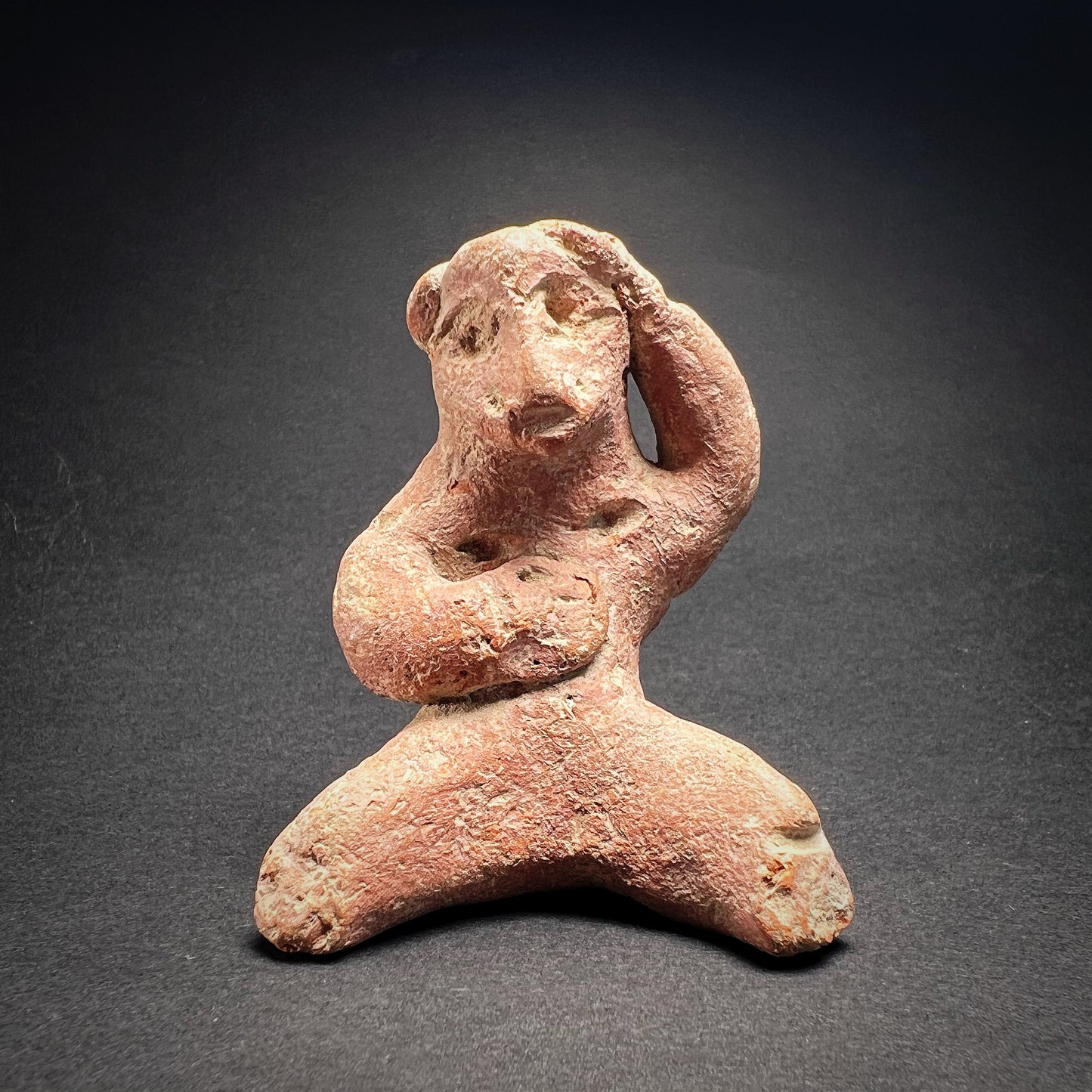
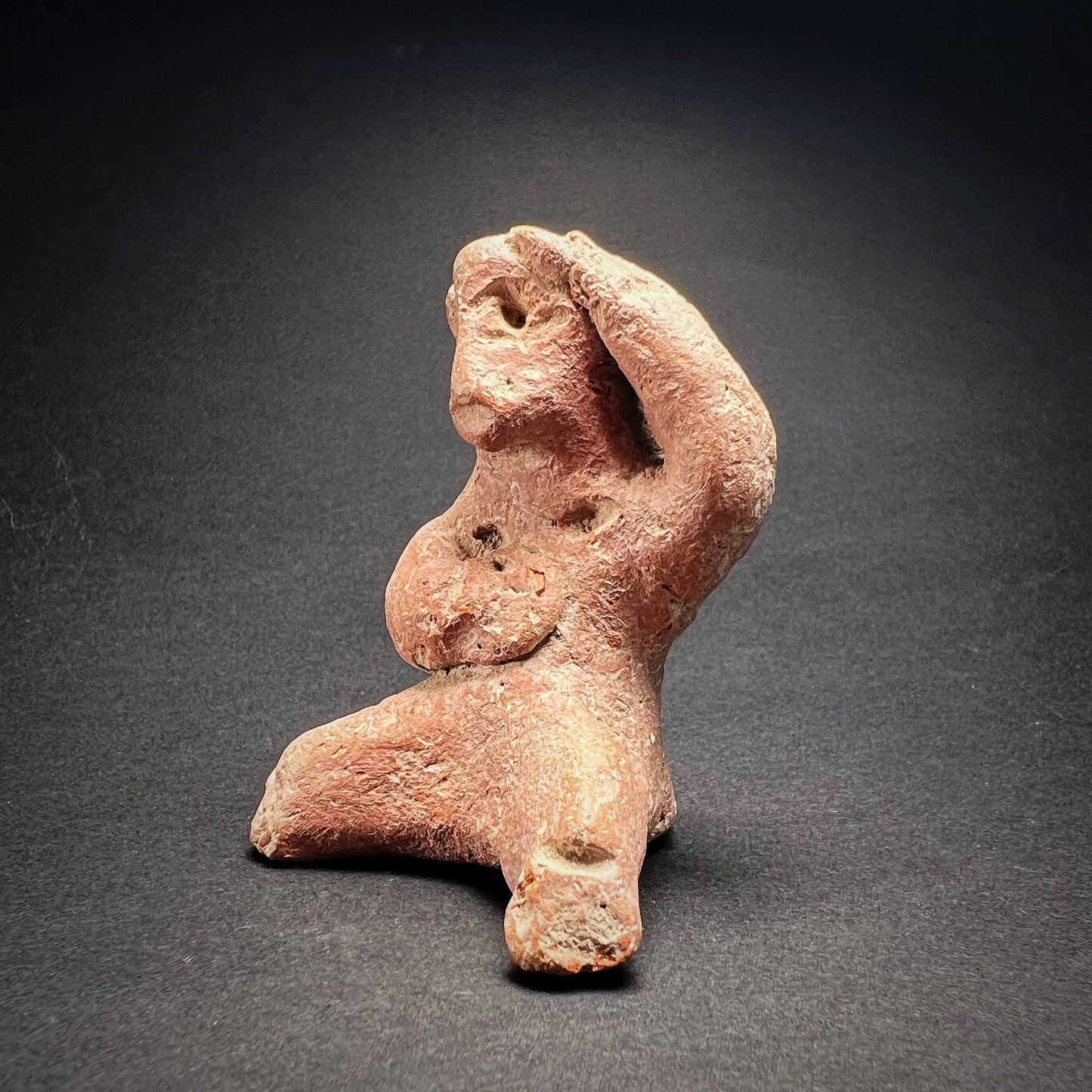
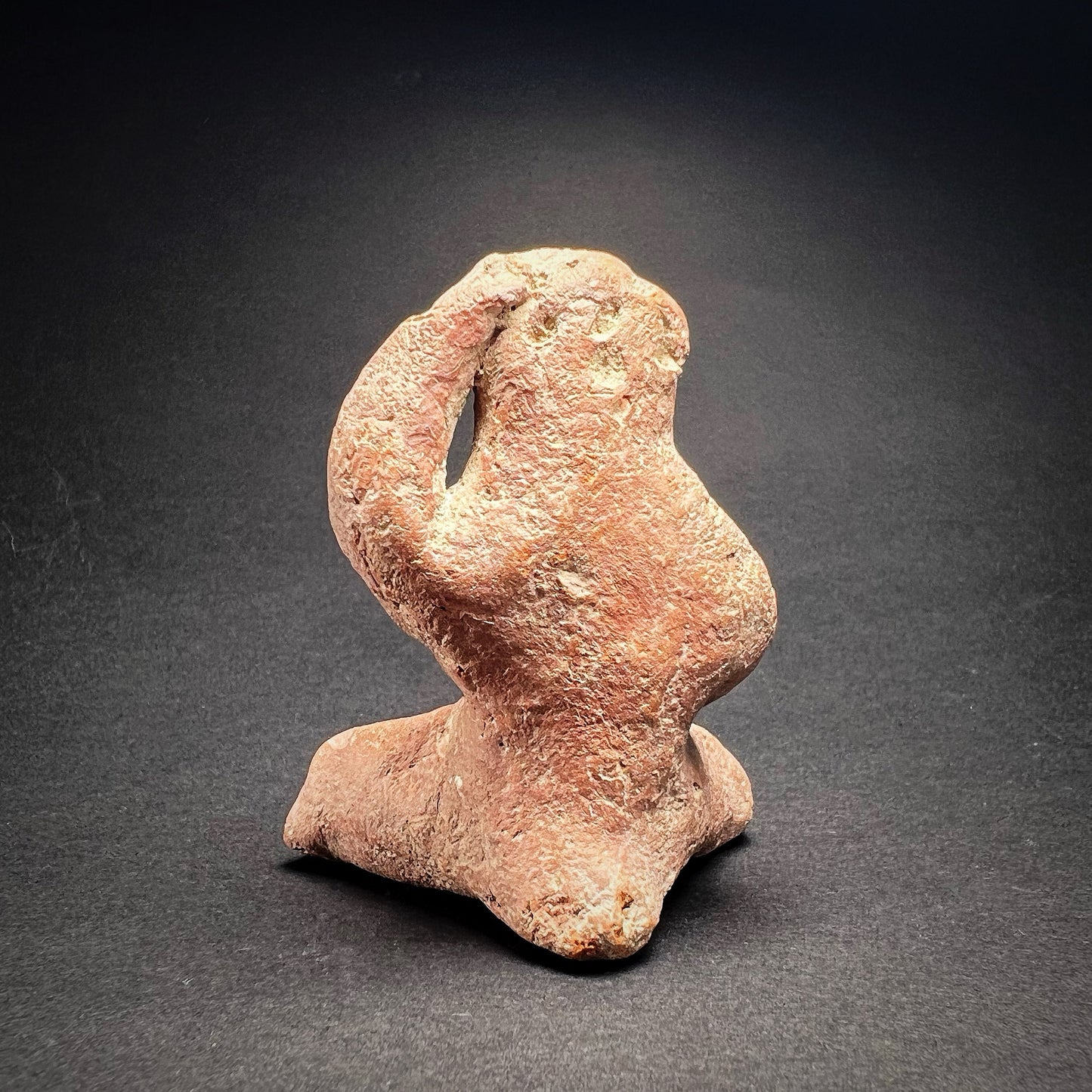
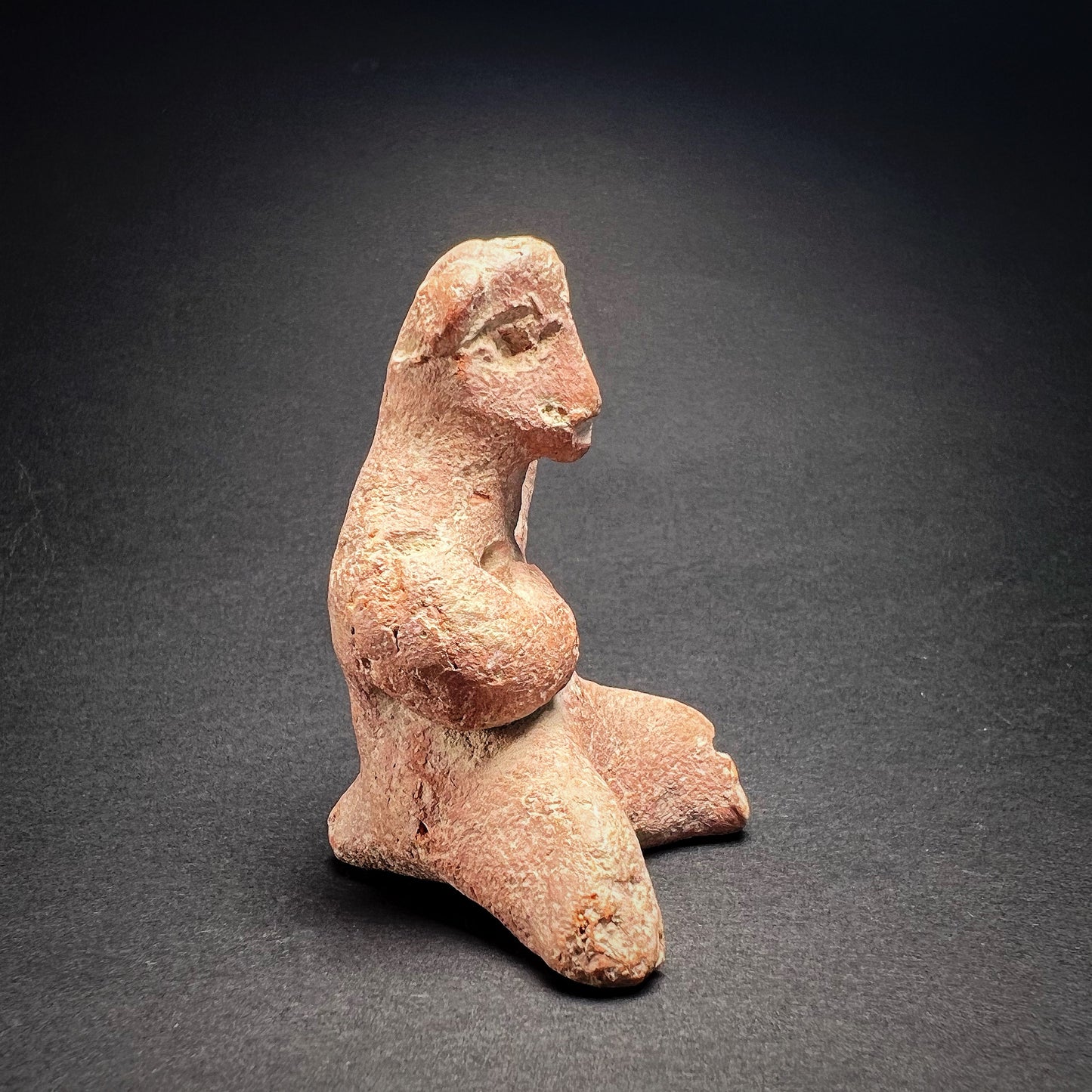
-
Shipping
The shipment will be prepared in the course of 3-5 days and dispatched via Posti Group Oyj or purchased item(s) can be picked up from our shop during the store's opening hours (Tarkk’ampujankatu 4, 00140, Helsinki, Finland). Within the Finland, all items are shipped via Posti Group Oyj unless otherwise requested. We pack the items carefully and mainly in recycled materials because we want to save nature. You will receive the tracking number for your items by e-mail.
-
Returns
Returns and exchange will be accepted within fourteen days (14) of receipt at the purchaser’s cost to include freight and packaging. Items must be returned in the same condition as when they were shipped, and will not be accepted if damaged or altered in any way. Please inform us via email (info@gotanmaailma.fi) or by calling +358408408352 before sending. We do not accept returns more than 14 days after delivery.
